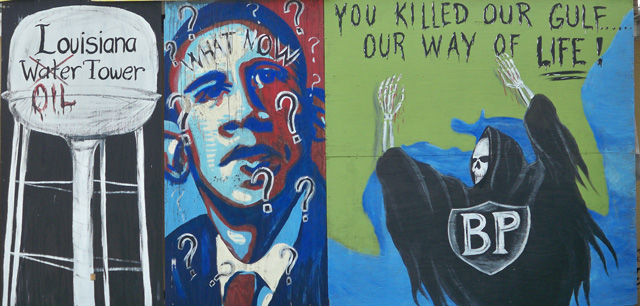Brands are made manifest in the world through the marks and signs they deploy in the environments we live in. These signs include brand insignia, logotypes, slogans and taglines, as well as jingles and other forms of sound branding. They serve as statements about the environments in which they’re found, or the objects on which they’re placed. All of them serve as environmental predicates. They provide us with a basis for making choices or responding to our environment. They orient, identify, beckon or warn. This is how they integrate our behavior – both immediately and at a distance in time and space. It’s in this sense that the term “predication” is used here.
Understanding not only single brands, but ‘constellations’ of brands in complex sets affects how we travel, what medication we take, what gifts we buy our loved ones, what schools we choose for our children, and what political course we might endorse. Today our environments are filled with brand signs that’ve been intentionally designed to communicate a given value. The trouble is that they often communicate values whether or not the marked product, service, office, object or place really has anything to do with those values. For example, following the 2010 Macondo blowout that resulted in the explosion of Deepwater Horizon, while oil gushed into the Gulf of Mexico for about three months, many people who lived on or near the Gulf came to associate the BP brand with a set of concrete experiences that are difficult to reconcile with the aspirational themes evoked by the brand’s beautiful, flowering green and yellow insignia.
When this kind of dissonance between brand claims expressed through signs and our own personal experience arises it creates uncertainty. We ask ourselves, “Can this sign be trusted? Should I make decisions based on the offerings and promises associated with it?” Signs of this sort are predications about the environment that might not be reliable as a basis for making behavioral determinations. The uncertainty that this engenders is particularly pronounced in the case of commercial marks. It arises from the intentional and sophisticated use of projected emotional values that’ve been linked to brand signs designed to stimulate us to act or feel a certain way. These marks are central to marketing and advertising practices, which are intended to create consumer desire.
There’s no shortage of information that supports the idea that uncertainty in the marked environment can lead to serious problems with our behavior. Ethological research shows clearly that an unfamiliar environment can create stress for the animals that inhabit it. We know that the marks in our environment – like those in the environments of many other animals – provide a foundation for our orientation in space and time. When the predication-value of these marks becomes uncertain the result is a deeply-felt disorientation.
If we look to Classical Conditioning the idea is that a conditioned stimulus – for example ringing a bell or displaying a commercial brand mark – elicits a conditioned response like salivation or desire for a product or offering. But the type of associative learning revealed in a conditioned response cannot be established unless the effects (the brand promise) are consistently associated with the cause (engagement with the brand). In other words, brand signs must demonstrate clear predictive value in order to be accepted as a basis for making behavioral determinations.
Successful brand marks are those which have been consistently associated with products, services or offerings that deliver on the brand promise. But such examples of sustainable branding are more the exception than the rule, not least because the advertising and marketing industry responsible for creating brands and brand communications is not known for comprehensive theories or long-term concerns about the future.
This is beginning to change. The greatest challenge lies in the fact that advertising and marketing professionals are hired and fired, rewarded or reprimanded based on their ability to make companies more profitable in the short term. There’s little or no concern with the long-term consequences of any particular brand strategy. Even all the recent proliferation of talk about ‘green’ this and ‘green’ that is often driven more by the desire to seem responsible rather than to actually be responsible. This is a fact that people around the world cannot fail to notice. And this is about a lot more than just becoming a responsible, respected and highly profitable brand; to continue to fail to recognize the ways in which the marked environment affects behavior, the ways in which an uncertain, ambiguous environment could actually engender distrust and contribute to anti-social behavior is actually dangerous.




